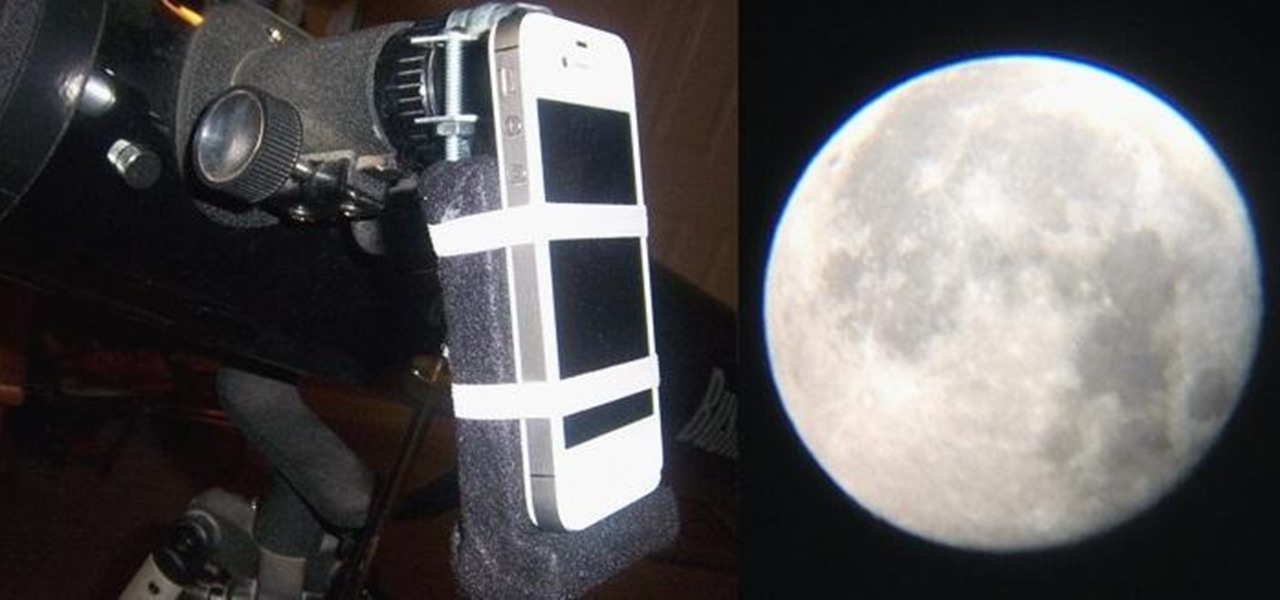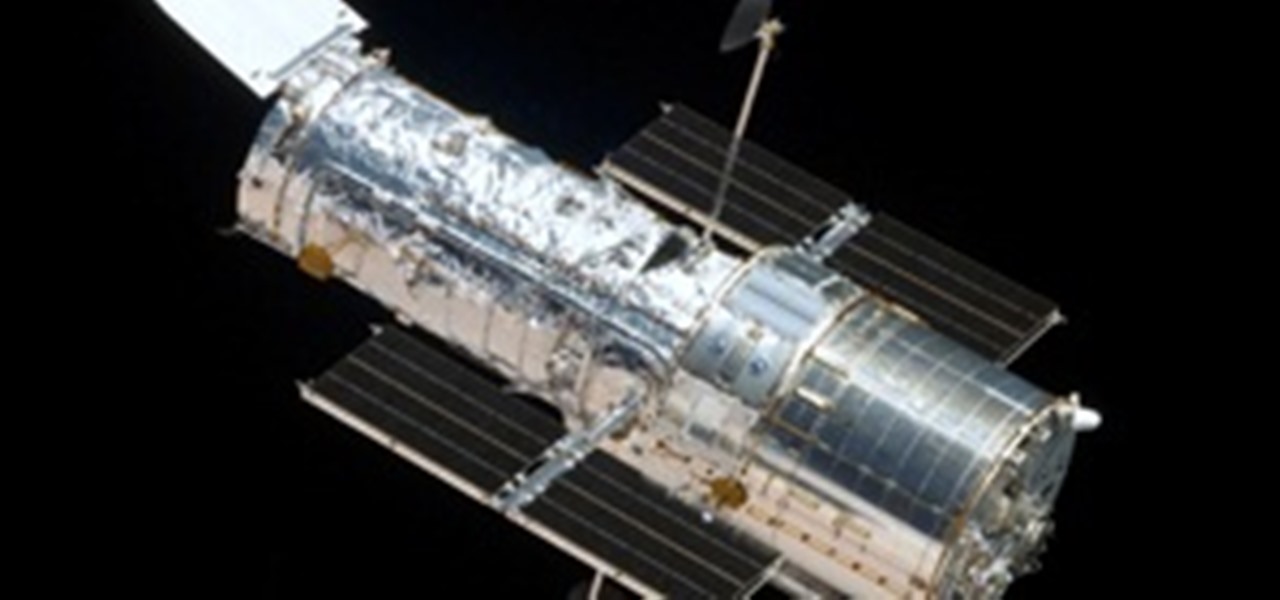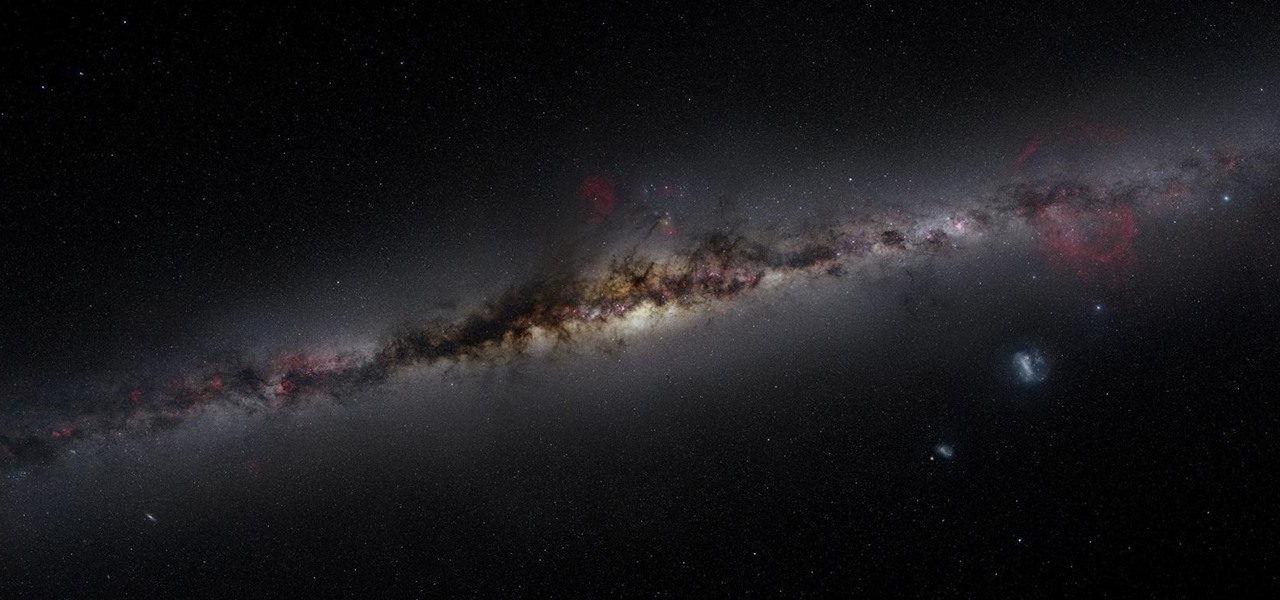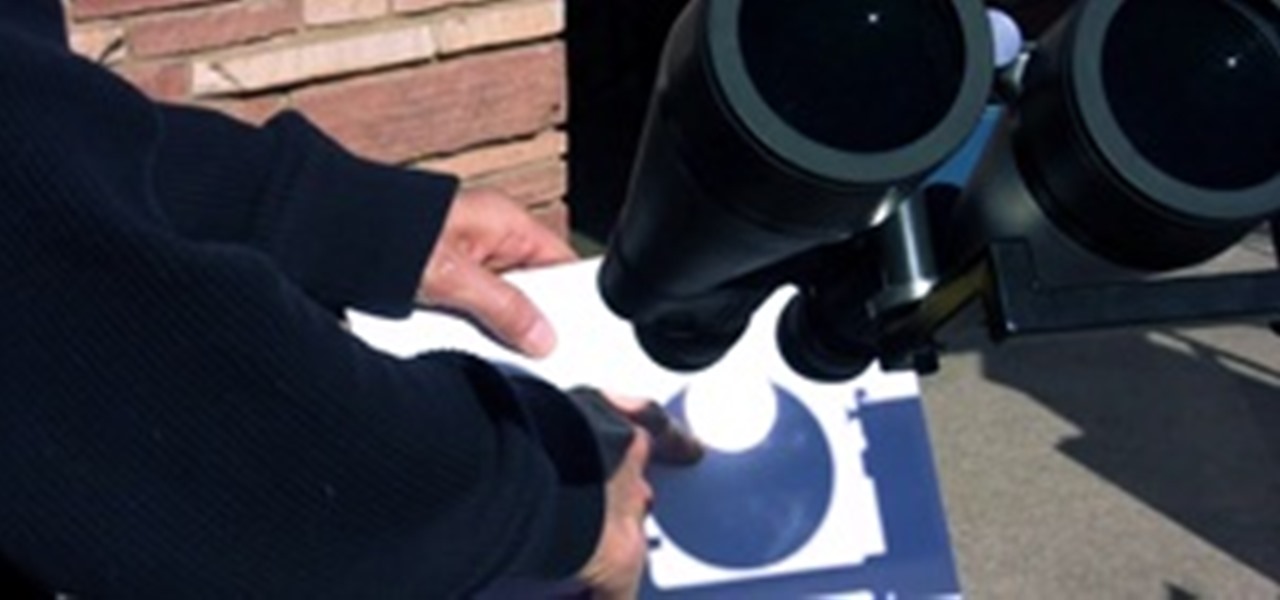Everything Else


News: Astronomical Observing News (02/07 - 02/13)
The comet Garradd is almost at its peak now, plus there's plenty more events going on this week, so be sure to observe!
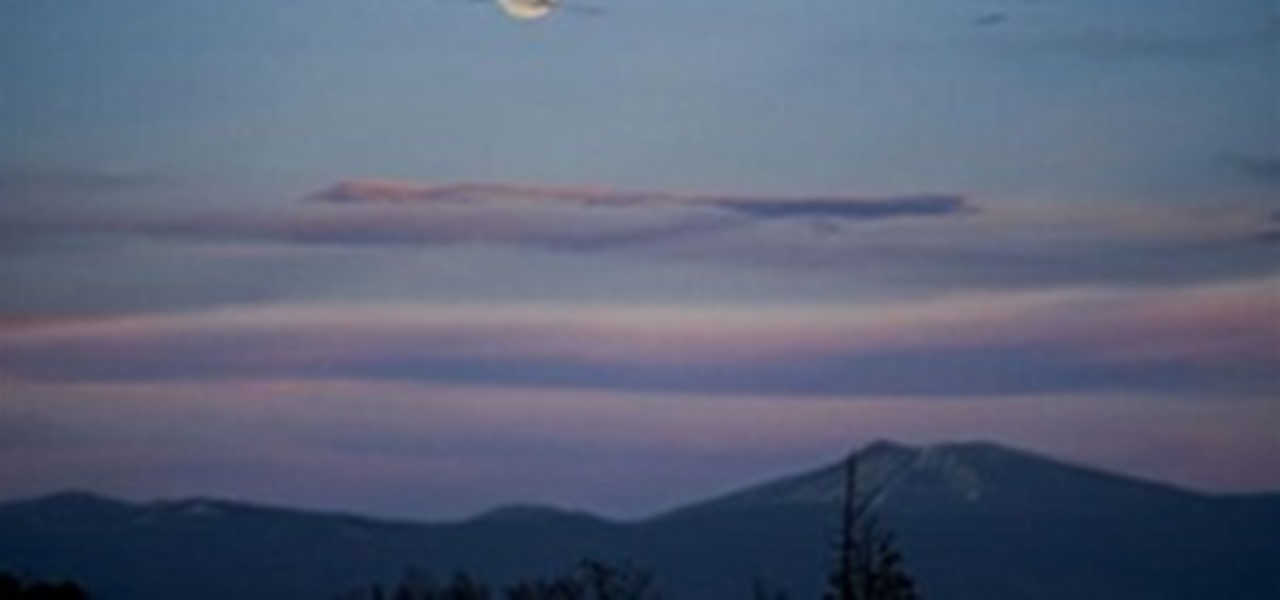
News: Just a moonrise picture
I love taking pictures of the moonrise right around sunset. And I love the view from my backyard!

News: 22° Halo Around the Moon
Went outside tonight to see a 22 degree halo around the moon. Took a long exposure shot of it to bring out some of the color. Jupiter is to the right and Orion is to the left.

News: Astronomical Observing News (02/01 - 02/06)
This week's AON might be a little short, but finally, the Garradd comet's peak has come! I picked the Garradd comet to follow because it's a bright and easy-to-follow comet. Be sure to observe it! If you need help finding it, you can find more information here.

News: Newt Gingrich Promises First Permanent Moonbase If Elected
Perhaps my only reason to stray from my democratic roots... Republican presidential candidate Newt Gingrich wants to send Americans back to the moon. And that's not all. In a direct quote, Gingrich promised: "By the end of my second term, we will have the first permanent base on the moon, and it will be American."

News: Astronomical Observing News (1/27 to 1/31)
There isn't much going on this week, unless you like to observe the moons of Jupiter! January 27: Io transit
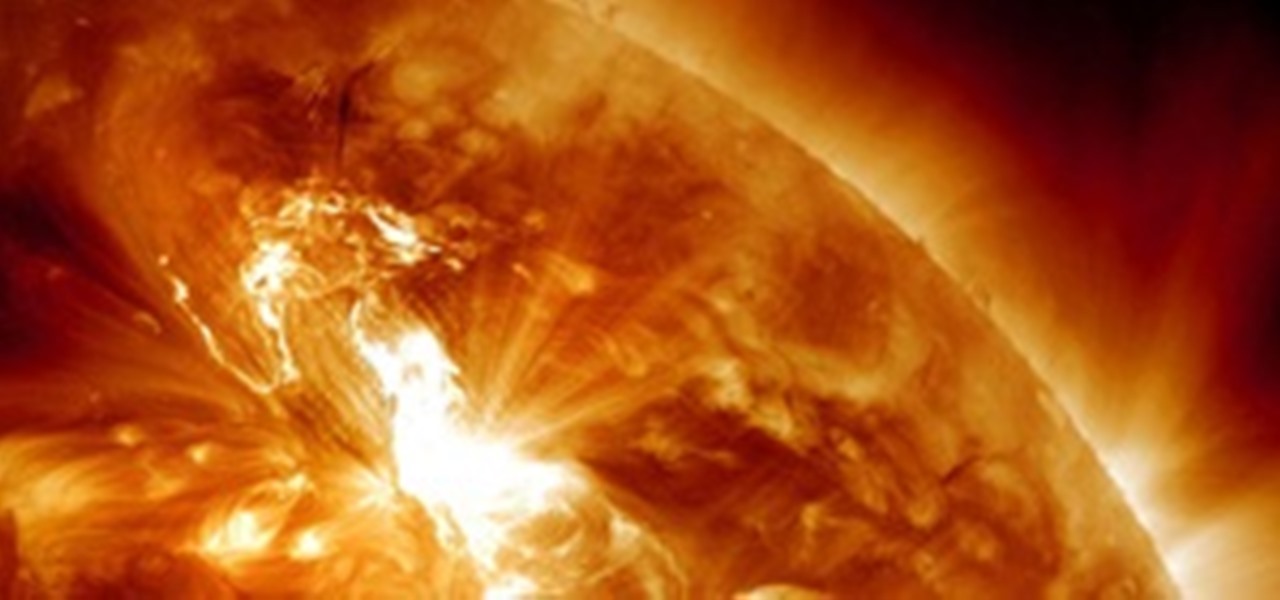
News: Solar Flare Gives Earth Biggest Radiation Storm in 7 Years; Auroras Likely
NASA reports that the sun erupted late last night with a large solar flare—an M8.7 class flare. The classification is calculated according to the peak flux of 100 to 800 picometer x-rays near Earth measured from the GEOS weather satellite. There are 5 letter classifications for solar flares, each with a linear 1-9 number scale of severity. M is the fourth most powerful class, with X leading the way. But last night's earth-directed coronal mass ejection (CME), captured by the Solar Dynamics Ob...

News: Astronomical Observing News (1/17 to 1/24)
Remember—winter is the perfect time to observe! There are a lot of events going on this week, so pull out that observing chair. Here they are:
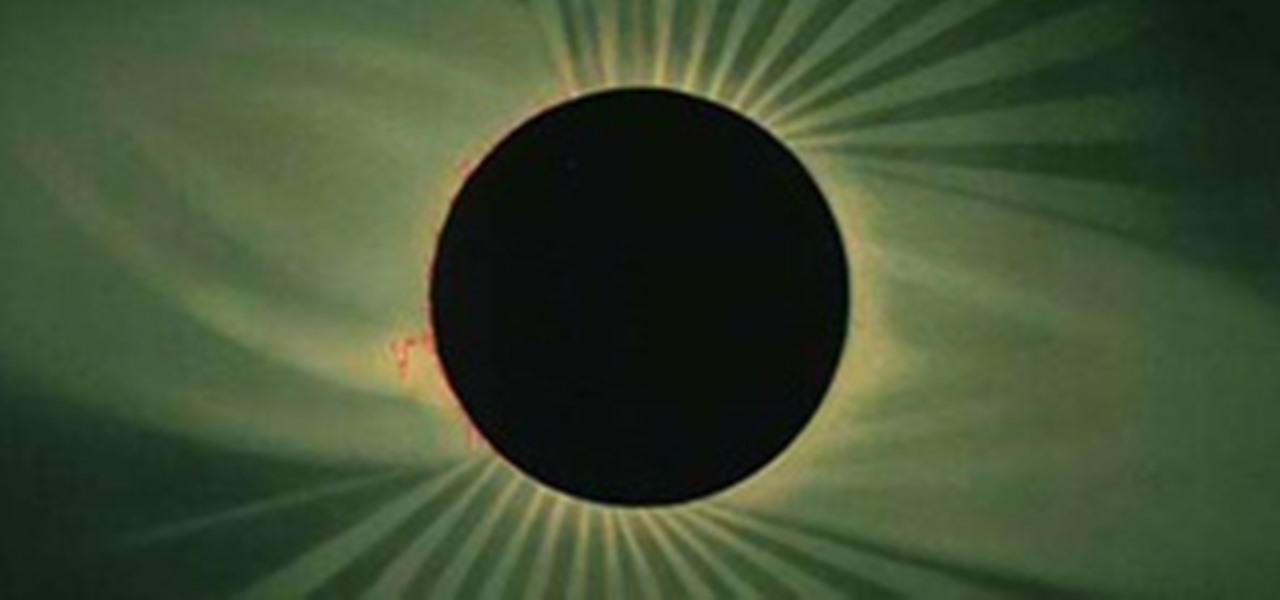
News: Trouvelot's Amazing Celestial Illustrations from the 1800s
If you're into entomology, then you probably recognize the name E.L. Trouvelot. After all, he was the person responsible for the outbreak of invasive gypsy moths in North America, which are now one of the most destructive foliage-eating pests in the United States.

News: Galactic Search Finds Exoplanets Are More Common Than Stars
Recent research published in an issue of Nature suggests that there are actually more planets in our universe than stars. Using the Milky Way as the focus, the researchers found that each star has an average of about 1.6 planets in orbit around it, which suggests that extrasolar planets (exoplanets) outnumber stars, bringing new hope for the search of extraterrestrial life.

News: Astronomical Observing News (1/9 to 1/16)
This week's AON has lots of conjunctions—be sure to observe them! Here it is: The Garradd comet is still in the sky! Here's how to observe it!

News: Quadrantid Meteors and Startrails
I took about 700 pictures over 7 hours late Tuesday night and early Wednesday morning of the quandrantid meteor shower. I combined the clearest 300 of them to make the star trails, and then went and found individual pictures with the brightest meteors and overlayed them on top. I also found three planes flying overhead and overlayed those as well. The gaps in those plane streaks heading towards the horizon show how long my camera was taking between frames.

News: Photo Highlights from the Quadrantid Meteor Shower
If you slept in during the peak of the Quadrantid meteor shower this morning, don't fret, because plenty of early risers did manage to wake up—with their cameras. Even if you did wake up and managed to withstand the cold morning air, you might not have seen anything. Cloud cover could have made it impossible, as well as bright city lights. But some stargazers made it their mission to photograph the Quadrantids, and lucky for you, they did.

News: NASA Kicks Off 2012 with Ambitious New Moon Mission
More than 100 missions targeted at Earth's moon have been launched by space explorers since the late-1950s. NASA landed a total of 12 men on the lunar surface, collecting more than 800 pounds of moon rocks and lunar soil samples. But still, the moon remains a mystery, especially its formation. NASA's new mission aims to find out exactly how the moon came to be with the Gravity Recovery and Interior Laboratory, or GRAIL, part of NASA's Discovery Program.

News: 2012 Doomsday Predictions Debunked by NASA
Will the world end this coming December? If you believe all of the Mayan calendar hype, maybe. But whether you believe that doomsday is coming in 2012 or not, you can rest assured it won't be from a planetary collision. At least, according to NASA.

News: Astronomical Observing News (1/3 to 1/10)
There are a lot of events going on this week! As I mentioned last week, there will be new features from now on. Check them out in the info section below!
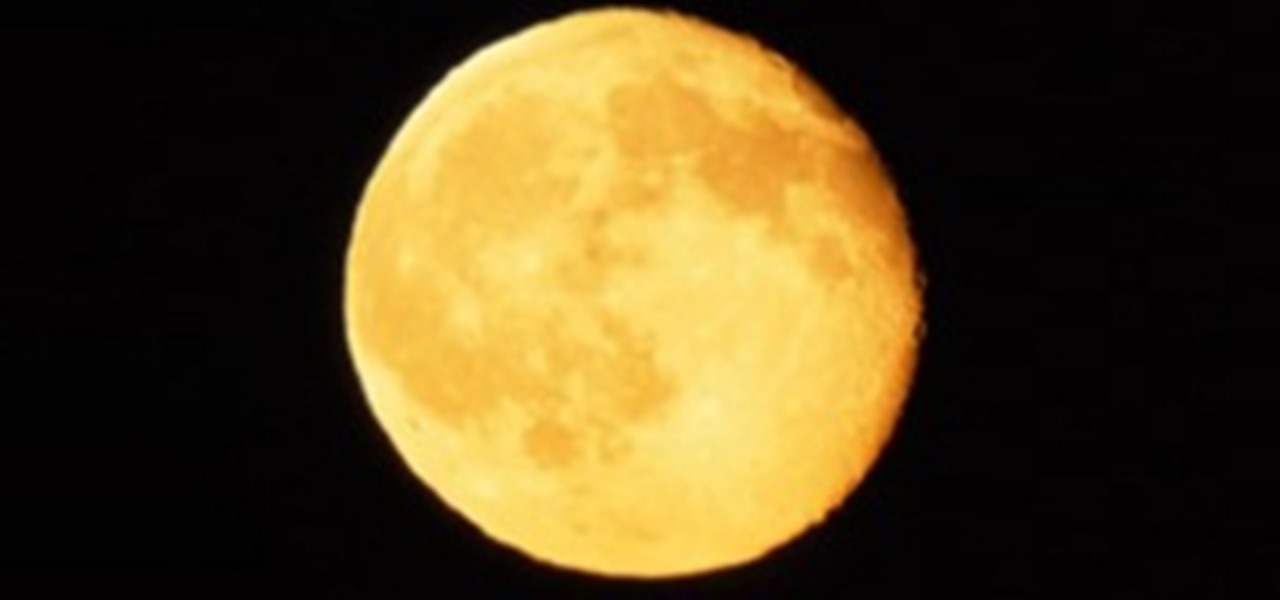
News: Timelapse Footage of a Moonrise
This is a really quick video I took of a moonrise last year. It has been sped up by a factor of 8 and was taken using a 2600 mm equivalent lens (75 times zoom for a 35 mm lens). The mountain it is rising over is about 40 miles away.

News: Astronomical Observing News (12/27 to 1/3)
This week's AON may be a little short, but the ones to come will be packed full with information. I am really hoping for the skies to clear so I can observe soon!
News: Catalog of Astronomy Apps for Mobile Devices
I think most of these are iPad apps, which I don't have, but I'd love to see some reviews of some of these apps to find out whether they're worth downloading or not.

News: Two Earth-Sized Planets Discovered by NASA
NASA announced yesterday that their Kepler mission has discovered the first Earth-sized planets orbiting a sun-like star outside of our solar system. Could this mean aliens? Unfortunately, no.

News: Astronomical Observing News (12/21 to 12/27)
This week's AON is brief, but there's plenty to see. Without adieu, here's the news: Through March 2012—The Garradd comet shines in the sky! Here's how to observe it!
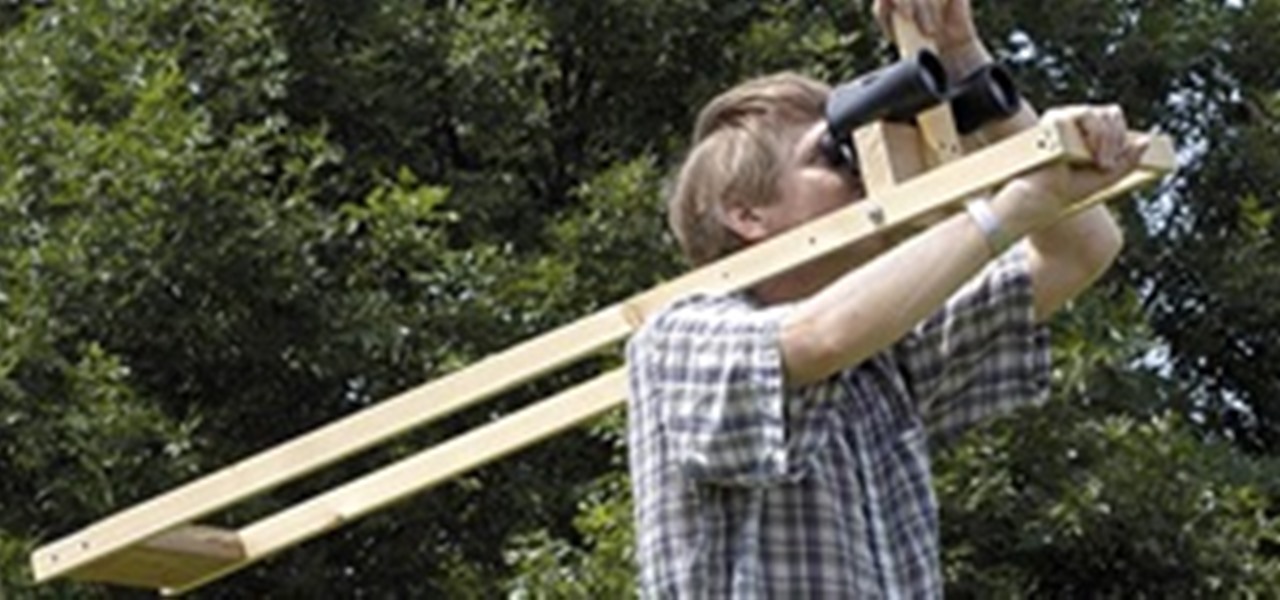
Budget Astronomy: Resources for Making Your Own Equipment
For newbies to astronomy, expensive equipment is an understandable deterrent. But with some thorough Google searching, you can find plenty of How-To's for making your own tools for less. Below are a few sites with several cool projects to offer.
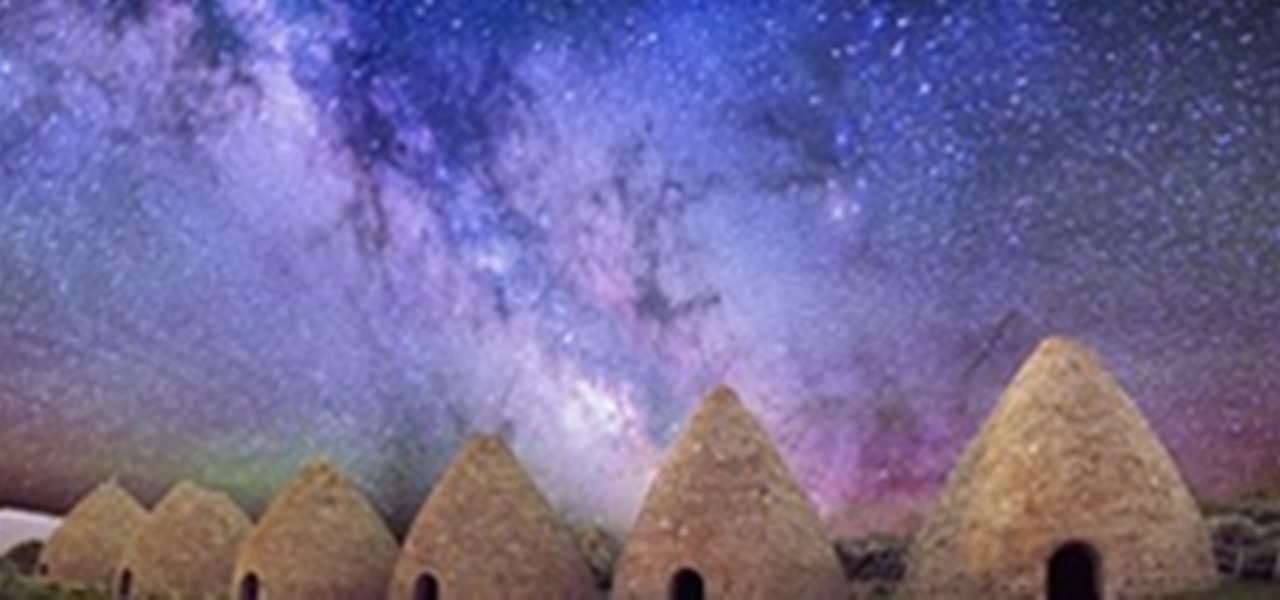
News: Milky Way Over Abandoned Kilns
From Astronomy Picture of the Day, Milky Way Over Abandoned Kilns by Tom McEwan. McEwan shot some historic kilns in rural Nevada, stitching together a panoramic "digital conglomerate of five separate images taken in early June from the same location. Visible above the unusual kilns is a colorful star field, highlighted by the central band of our Milky Way Galaxy appearing along a diagonal toward the lower right."

Solar Walk: Solar System iOS App with 3D TV Support
Explore the night sky on your iOS device, or better yet, in the third dimension on a 3D TV. More information here and here.

News: Astronomical Observing News (12/13 to 12/19)
This week's AON is pretty short, but there are also lots of clouds because it is winter. However, that just makes the few days of open sky way more valuable!

News: My wife holding the Sun.
Taken at the top of Haleakala in Maui.
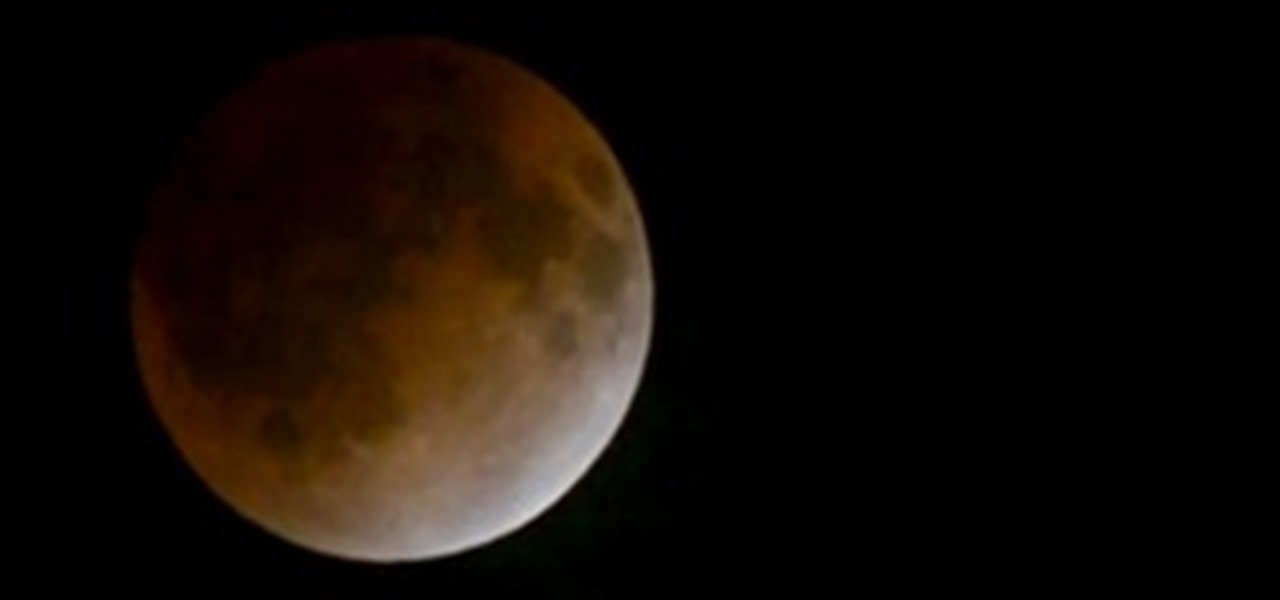
Earth's Shadow: Time-Lapse Video of the Total Lunar Eclipse of 12/10/11
I woke up at 4:00 am this morning in order to take some video of the last total lunar eclipse visible from North America till 2014. The eclipse was beautiful. It was amazing to watch the shadow of our planet creep slowly across our nearest neighbor. Once the shadow was blocking out most of the light from the sun, the moon was significantly dimmer and the color had changed to a reddish orange. This color is caused by the same effect that makes our sunrises and sunsets so colorful. The light fr...

News: Geminid Meteor Shower Starts Monday (12/12 to 12/16)
Since the Geminid Meteor shower is intensifying more every year, grab your binoculars and lay down in a field to enjoy the show! If you are going to observe one day, do it on the peak: December 14th.
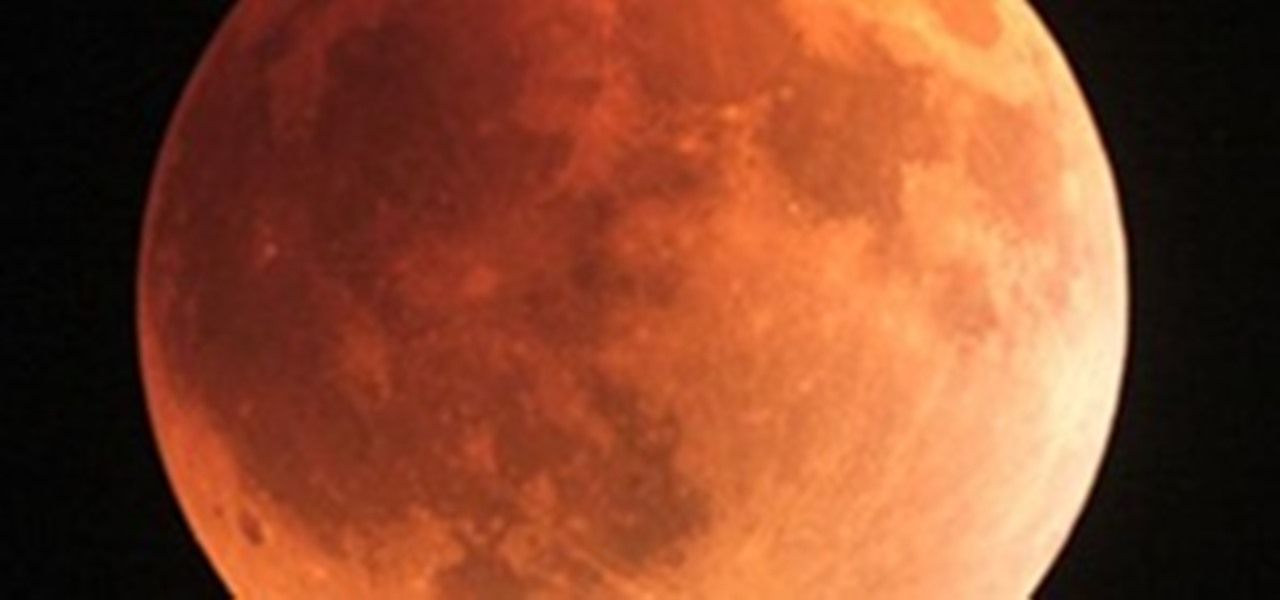
News: Total Lunar Eclipse Early Morning Tomorrow (December 10th) in North America
The next total lunar eclipse won't occur until April 2014, so if you're interested in seeing the moon engulfed in a light orange to blood red hue, set your alarm and get out there before 9:05 a.m. EST (6:05 a.m. PST, 1405 GMT). I'm planning on taking some High Definition time lapse video of the darkening and reddening that will occur.

News: Astronomical Observing News (AON) Kickoff
Astronomy World will be posting a weekly blog post that informs fellow observers upcoming interesting events in the sky. These will include:

News: Proof of Water on Mars
Since the first time we've been to Mars, the question was 'Did there used to be life here?'. That all changed for the better when NASA told us that the Opportunity rover found signs of water- the essential part to life. NASA officials on Wednesday said the rover discovered a mineral vein of gypsum running along the rim of a crater called Endeavor. The gypsum was deposited by flowing water billions of years ago. The vein is about 20 inches long. They found it while studying a rock called Tisda...

News: Russell Crotty's Astronomical Paper Globes
When Cerek mentioned astronomy-inspired artwork in his Astronomy World introduction post, I immediately thought of Russell Crotty. Crotty is a California artist who creates beautiful sculptures and drawings inspired by astronomy, landscape, and surfing.
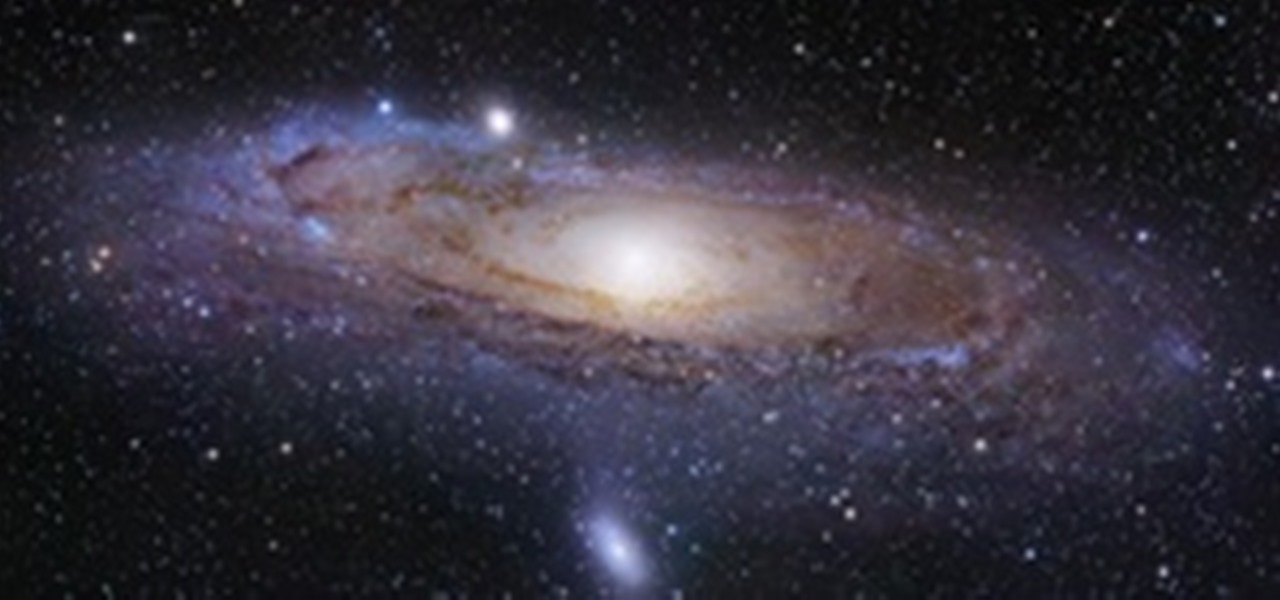
News: Welcome to Astronomy World!
A little about myself and astronomy: I created this world because I love astronomy. I really, really, love astronomy. When I was ten, I went to a restaurant and saw a huge wall mural of the Andromeda Galaxy. At my house, we had a tiny refractor telescope. I knew this wasn't enough, so I bought (with help) an 8 inch Dobsonian reflector. I looked up one time to try to find something to look at and saw something fuzzy- the Orion Nebula. This is when I really got into using my telescope. I still ...

News: DIY Papercraft Models of the Planets
I'll have to post up some pictures of astronomy-related papercraft models that I have made at some point, but for now here is a link to a few different papercraft models of the planets. I need to go back through my resources because I know there are a bunch of sites out there with some easier to make polyhedral models. Also, at some point I'll put up the models of planetary bodies that I have mapped and labeled myself.
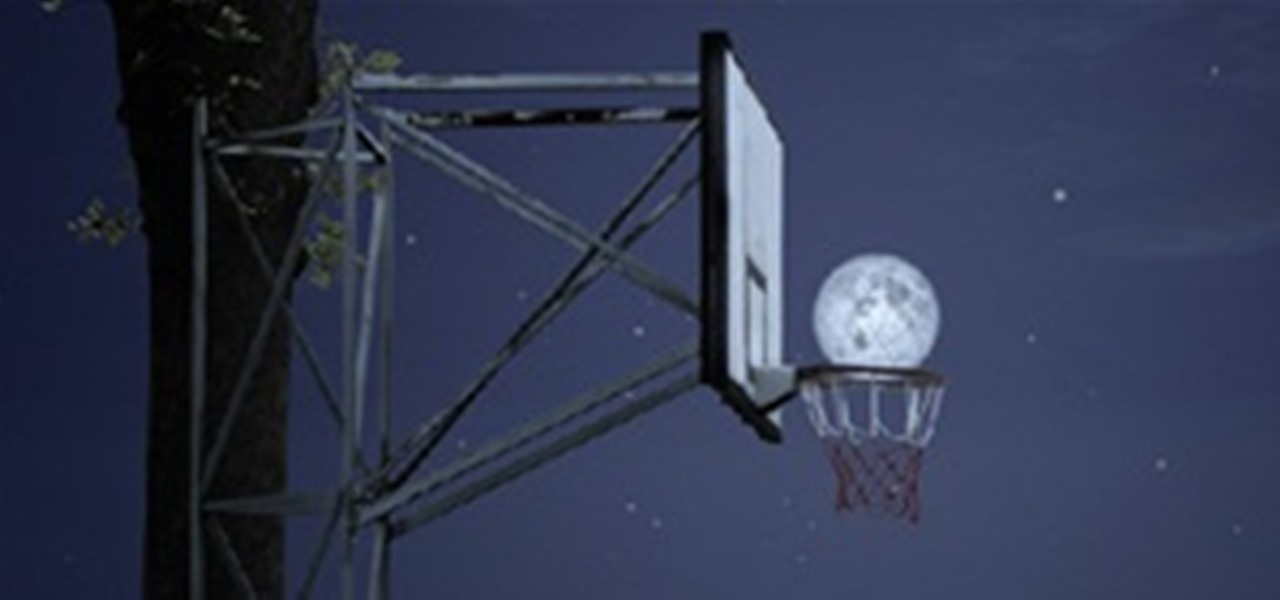
News: Perfect Timing
Via Caras Ionut



